Related Research Articles

Alexander Monro III of Craiglockhart, FRSE FRCPE FSA (Scot) MWS, was a Scottish anatomist and medical educator at the University of Edinburgh Medical School. According to his detractors, Monro was an uninspired anatomist who did not compare with his brilliant father or grandfather as a teacher or scientist. His students included Charles Darwin who asserted that Monro "made his lectures on human anatomy as dull as he was himself."

Alexander Craig "Alec" Aitken was one of New Zealand's most eminent mathematicians. In a 1935 paper he introduced the concept of generalized least squares, along with now standard vector/matrix notation for the linear regression model. Another influential paper co-authored with his student Harold Silverstone established the lower bound on the variance of an estimator, now known as Cramér–Rao bound. He was elected to the Royal Society of Literature for his World War I memoir, Gallipoli to the Somme.
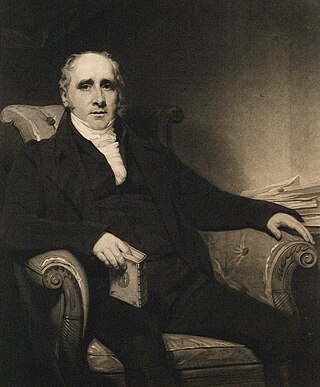
Thomas Charles Hope was a Scottish physician, chemist and lecturer. He proved the existence of the element strontium, and gave his name to Hope's Experiment, which shows that water reaches its maximum density at 4 °C (39 °F).
Percy Theodore Herring FRSE FRCPE LLD was a physician and physiologist, notable for first describing Herring bodies in the posterior pituitary gland.
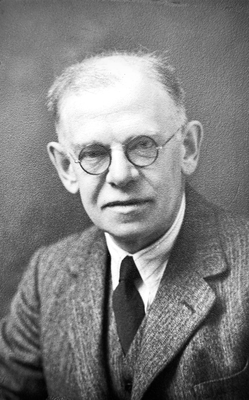
James Couper Brash, MC, FRCSE, FRSE was a leading anatomist and embryologist in Britain.
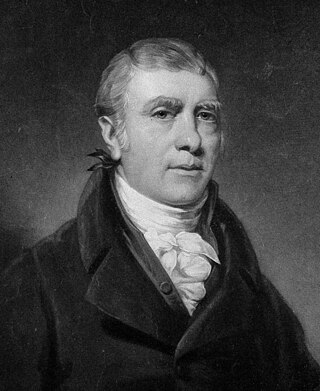
John Barclay was a Scottish comparative anatomist, extramural teacher in anatomy, and director of the Highland Society of Scotland.
Robert J. T. Bell RSE FRSE was a Scottish mathematician. He held the positions of Professor of Pure and Applied Mathematics and Dean of the Faculty of Arts and Science, at the University of Otago in Dunedin, New Zealand.

Prof John Halliday Scott FRSE was a notable Scottish-born New Zealand university professor, artist and medical school dean.
Major-General Sir Alexander Gordon Biggam KBE CB FRSE FRCPE FRCP was a Scottish physician and soldier who served as Director of Study of Edinburgh Post-Graduate Board for Medicine.
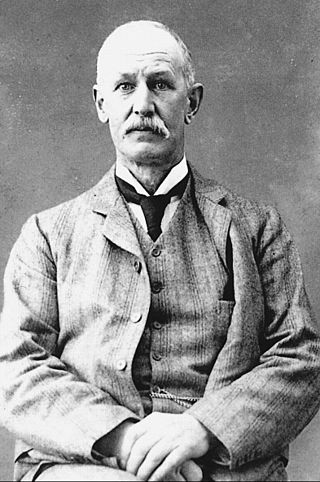
Daniel John Cunningham M.D., D.C.L., LL. D. F.R.S., F.R.S.E. F.R.A.I. was a Scottish physician, zoologist, and anatomist, famous for Cunningham's Text-book of Anatomy and Cunningham's Manual of Practical Anatomy.
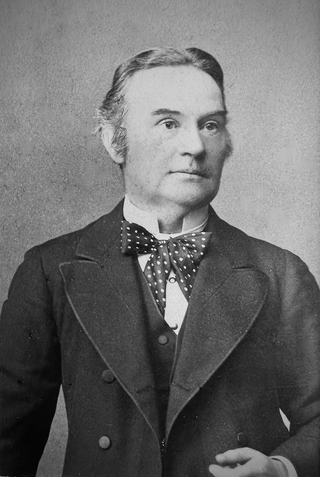
Thomas Annandale, FRCS FRSE (1838–1907) was a Scottish surgeon who conducted the first repair of the meniscus and the first successful removal of an acoustic neuroma, and introduced the pre-peritoneal approach to inguinal hernia repair. He served as Regius Professor of Clinical Surgery at the University of Edinburgh. His collection of anatomical specimens was donated to the Surgeon's Hall in Edinburgh and is now known as the Thomas Annandale Collection.

Prof Thomas Hastie Bryce LLD FRS FSA FRSE was a Scottish anatomist, medical author and archaeologist. He was Regius Professor of Anatomy at the University of Glasgow 1909 to 1935 and also Curator of the Hunterian Museum in Glasgow. He is primarily remembered for his work on human embryology and comparative anatomy. His students referred to him as Tommy Bryce.

John Chiene, CB, LLD, MD, FRSE, FRCSEd was a Scottish surgeon, who was Professor of Surgery at the University of Edinburgh during some of its most influential years. He was a founder of the Edinburgh Ambulance Service. The Chiene Medal is presented as an annual prize in surgery at the University. He served as President of the Royal College of Surgeons from 1897-99.

James Musgrove FRSE LLD (1862–1935) was a Scottish anatomist. He was the first holder of the Bute Chair of Anatomy at University of St Andrews, endowed by the third Marquess of Bute.

Alexander Murray Drennan FRSE FRCPE was a Scottish pathologist. In the First World War, he promoted the widespread use of Edinburgh University Solution.

Sir Alexander Russell Simpson FRCPE FRSE LLD was a Scottish physician and Professor of Midwifery at the University of Edinburgh. He invented the axis-traction forceps also known as the obstetrics forceps which assisted in childbirth and reducing pain.

Johnson Symington FRS FRSE FZS LLD (1851–1924) was a British anatomist and zoologist. He was President of the Ulster Medical Society for 1896/7. He served as President of the Anatomical Society of Great Britain and Ireland 1904 to 1906. He is noted for his comparative studies of the brain of modern man and prehistoric man, and of man and other primates. From 1923 onwards Queen's University Belfast award a Symington Prize every year to junior anatomists in his honour.

The Edinburgh College of Medicine for Women was established by Elsie Inglis and her father John Inglis. Elsie Inglis went on to become a leader in the suffrage movement and found the Scottish Women's Hospital organisation in World War I, but when she jointly founded the college she was still a medical student. Her father, John Inglis, had been a senior civil servant in India, where he had championed the cause of education for women. On his return to Edinburgh he became a supporter of medical education for women and used his influence to help establish the college. The college was founded in 1889 at a time when women were not admitted to university medical schools in the UK.
Arthur Robinson FRSE FRCS FRCSE LLD (1862–1948) was a British anatomist who served as President of the Anatomical Society of Great Britain and Ireland 1920 to 1922. He created the terms "opposed placentae" and "conjoined placentae".
George McCreath Wyburn FRSE FRFPSG (1903–1985) was a British embryologist. He was Professor of Anatomy at the University of Glasgow from 1948 to 1972.
References
- ↑ Christchurch Presbytery Press vol LXVII issue 14147, 13 Sept 1911
- ↑ The Encyclopaedia of New Zealand, 1966
- ↑ "Durward, Archibald - Leeds University Library". Library.leeds.ac.uk. 5 March 1945. Retrieved 2 April 2016.
- ↑ Biographical Index of Former Fellows of the Royal Society of Edinburgh 1783–2002 (PDF). The Royal Society of Edinburgh. July 2006. ISBN 0-902-198-84-X. Archived from the original (PDF) on 24 January 2013. Retrieved 31 March 2016.
- ↑ FreeBMD.org.uk, search
- ↑ "Alexander Durward". Findagrave.com. Retrieved 2 April 2016.